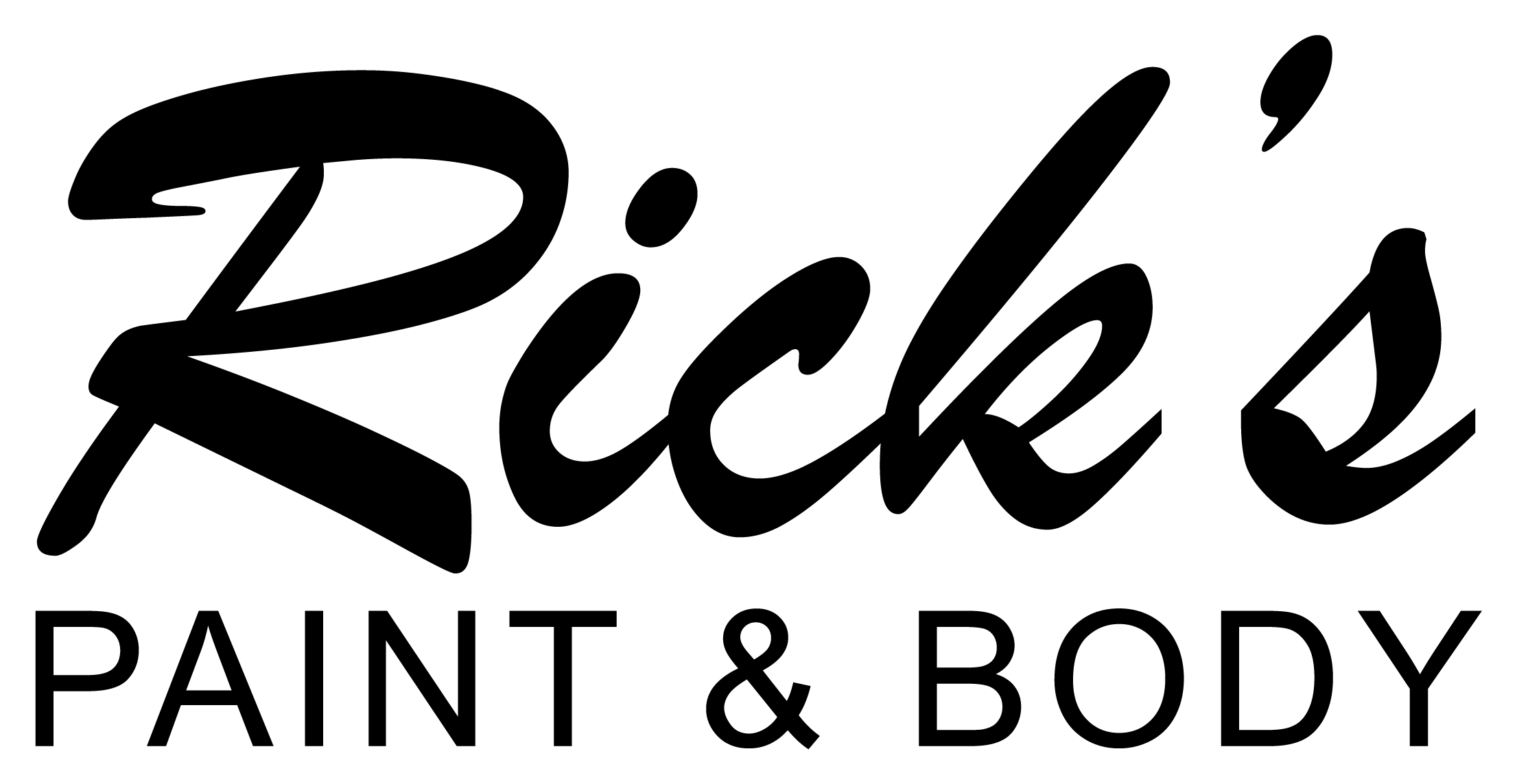In the world of auto repair, one thing remains constant: the relentless march of progress. From traditional hammer-and-dolly techniques to laser-precision alignment tools, the collision repair industry has undergone a seismic shift over the years.
But what does this evolution mean for professionals in the field? And how can one keep pace with these rapid advancements while still maintaining proficiency in classic repair methods?
The answer lies in bridging the gap between the old and the new. Staying updated in this industry isn’t just about adopting the latest tools or techniques—it’s about understanding how the past informs the present and shapes the future of collision repair.
And searching “collision repair near me” isn’t just about finding a service close by. It’s about discovering professionals who understand the dance between the past and present in auto repair. So, whether you’re an auto repair professional, a car enthusiast, or an automotive student, this post will help clear everything up.
Differences Between Classic and Modern Repair Techniques
Traditional Repair Methods
Traditional collision repair methods, often referred to as “classic” techniques, primarily relied on manual labor and artisanal skill. These techniques included metal straightening using hammers and dollies, panel replacement, and body filling. They demanded a high level of craftsmanship but often came with longer repair times and variable results.
Modern Repair Techniques
Fast forward to the present day, and the landscape of collision repair looks substantially different. Modern repair techniques leverage innovative materials and cutting-edge technology to deliver more efficient and precise results. Paintless dent repair (PDR), for instance, allows technicians to fix minor dents without resorting to body fillers or paint, preserving the vehicle’s original finish.
The advent of advanced driver assistance systems (ADAS) has also ushered in a new era of repair needs, including sensor calibration and electronic system resets.
Pros and Cons
While classic techniques offer the advantage of simplicity and lower upfront costs, they often fall short in terms of precision, speed, and consistency. On the other hand, modern techniques, thanks to advanced technology, offer superior accuracy and efficiency. However, they also require substantial investment in equipment and training.
Evolution of Tools and Equipment
As repair techniques have evolved, so too have the tools and equipment used in collision repair. Gone are the days when a simple hammer and a set of wrenches would suffice. Today’s collision repair shops are high-tech environments, equipped with everything from computerized paint-matching systems to 3D body scanners.
For instance, laser measuring systems have replaced traditional measuring tapes and gauges, offering unparalleled accuracy in structural alignment. Similarly, spot welding equipment has advanced significantly, allowing technicians to mimic factory welds and ensure a vehicle’s structural integrity post-repair.
These advancements have not only improved repair quality but also drastically reduced turnaround times, much to the delight of customers and repair shops alike.
Impact on the Industry
The collision repair industry has felt the ripple effects of these changes in more ways than one. For starters, customer expectations have soared. They no longer just want their vehicles fixed—they want them restored to pre-accident condition, both aesthetically and functionally, with minimal downtime.
This shift in expectations has, in turn, influenced business models. Collision repair shops that stay ahead of the curve by investing in modern techniques and equipment are likely to reap the benefits in terms of customer loyalty and profitability.
On the flip side, repair shops that resist change risk being left behind. As the old saying goes, “adapt or die.”
Training and Skills Required for Modern Collision Repair
With the influx of new technologies and repair methods, today’s collision repair professionals need to be not just skilled craftsmen but also tech-savvy technicians. This dual requirement calls for ongoing education and professional development.
Technical knowledge and certifications, such as I-CAR’s Professional Development Program, have become vital for professionals in the field. In-depth understanding of various materials used in modern vehicles, from high-strength steel to carbon fiber, is equally important.
Moreover, with the steady increase in vehicles equipped with ADAS, technicians must be proficient in calibrating sensors and cameras, interpreting diagnostic trouble codes, and resetting electronic systems.
Conclusion
The collision repair industry, much like the vehicles it services, is in a state of constant evolution. While classic repair techniques and tools have their place, the tide is clearly shifting towards more modern, technology-driven methods.
For auto repair professionals, embracing this change isn’t just about staying relevant—it’s about setting the bar higher in terms of quality, efficiency, and customer satisfaction. So, whether you’re searching for “collision repair near me” or looking to upgrade your skills, remember: bridging the gap between classic and modern techniques isn’t just a necessity—it’s an opportunity.
At Rick’s Paint & Body, we’ve been at the forefront of this evolution since 1976. We recognize that keeping our craft up to date with industry standards means continually investing in our team and our tech.
With our combination of time-tested techniques and cutting-edge technology, we’re proudly serving the Augusta area and beyond, making every repair fast, affordable, and always a pleasure. Ready to experience the future of collision repair? Get a free online estimate today.




Leave a Reply